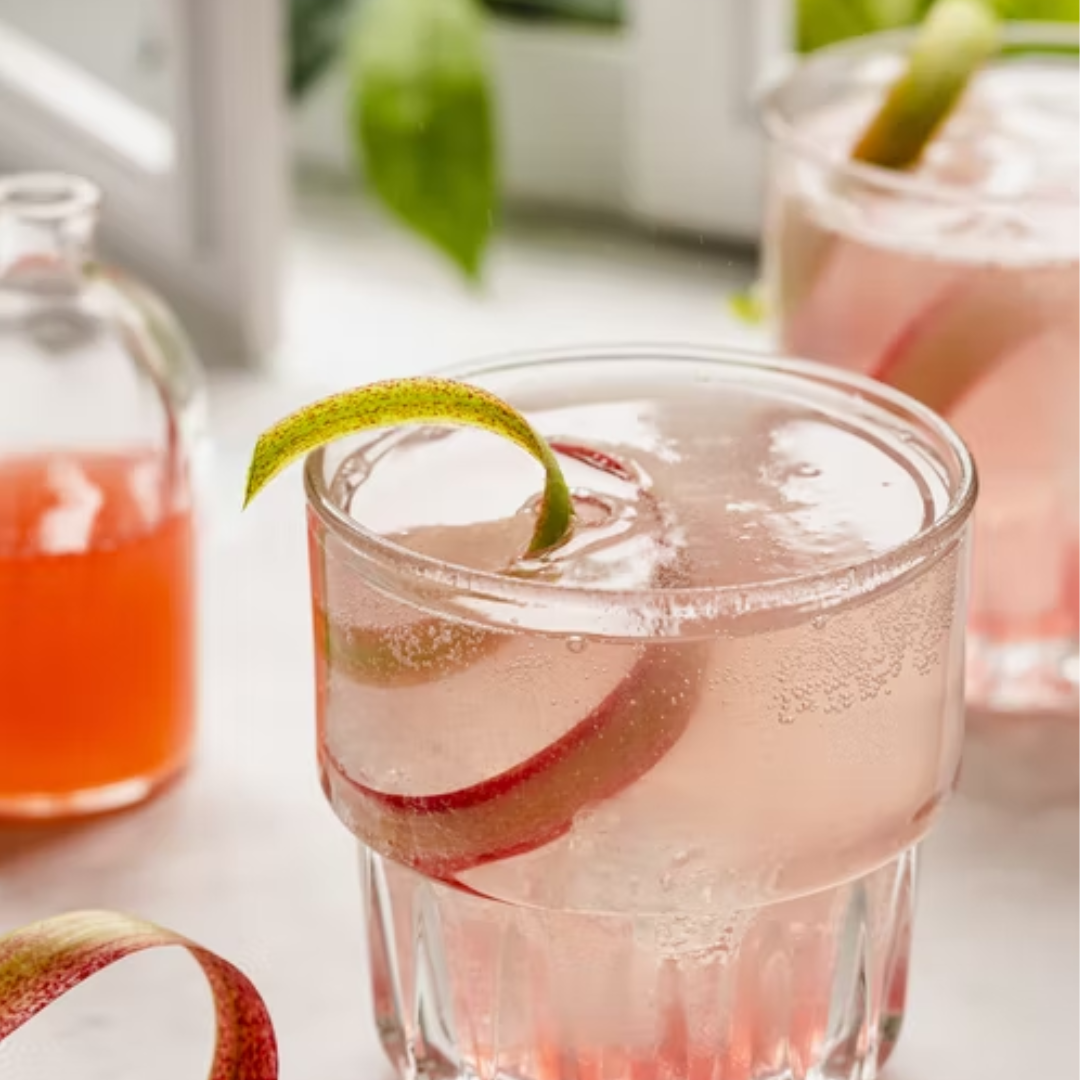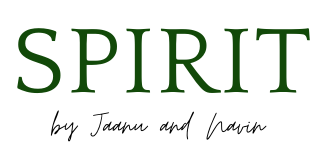Rhubarb: The Pie Plant
by Navin Ramesh
May 15, 2022


Rhubarb: The Pie Plant
By Jaanu
 Rhubarb, good for more than The Great British Bake Off, is a perennial fruit (USDA-certified!) that has a beautiful ruby red or green stem. It is used in pies, crumbles, jams, sauces, and juices. Originally from Asia, the rhubarb grows well in cooler climates, is literally pest-free and is relatively very easy to grow. Stems are the only edible part while the leaves contain toxic oxalic acid. Rhubarb has medicinal and cosmetic benefits.
Rhubarb, good for more than The Great British Bake Off, is a perennial fruit (USDA-certified!) that has a beautiful ruby red or green stem. It is used in pies, crumbles, jams, sauces, and juices. Originally from Asia, the rhubarb grows well in cooler climates, is literally pest-free and is relatively very easy to grow. Stems are the only edible part while the leaves contain toxic oxalic acid. Rhubarb has medicinal and cosmetic benefits.
- Rhubarb contains anthocyanin: the pigment which gives the red color and plays a good role in cancer-preventing cell signaling
- Great source of Vitamin K which is important for bone health
- Moderately high in vitamin C, decent calcium
- Rhubarb is rich in fiber and antioxidants.
- The Ancient Chinese prized it for its medicinal values and often used rhubarb as a laxative for digestive issues.
- Traditional folk medicines use paste of raw rhubarb as topical application for various skin infections.
- As a good fiber source, rhubarb is an excellent moderator of cholesterol
For healthy skin and goodness inside and out, rhubarb all the way 🙂
Please share any rhubarb recipes @ editorjaanu@thehappyherald.org!









